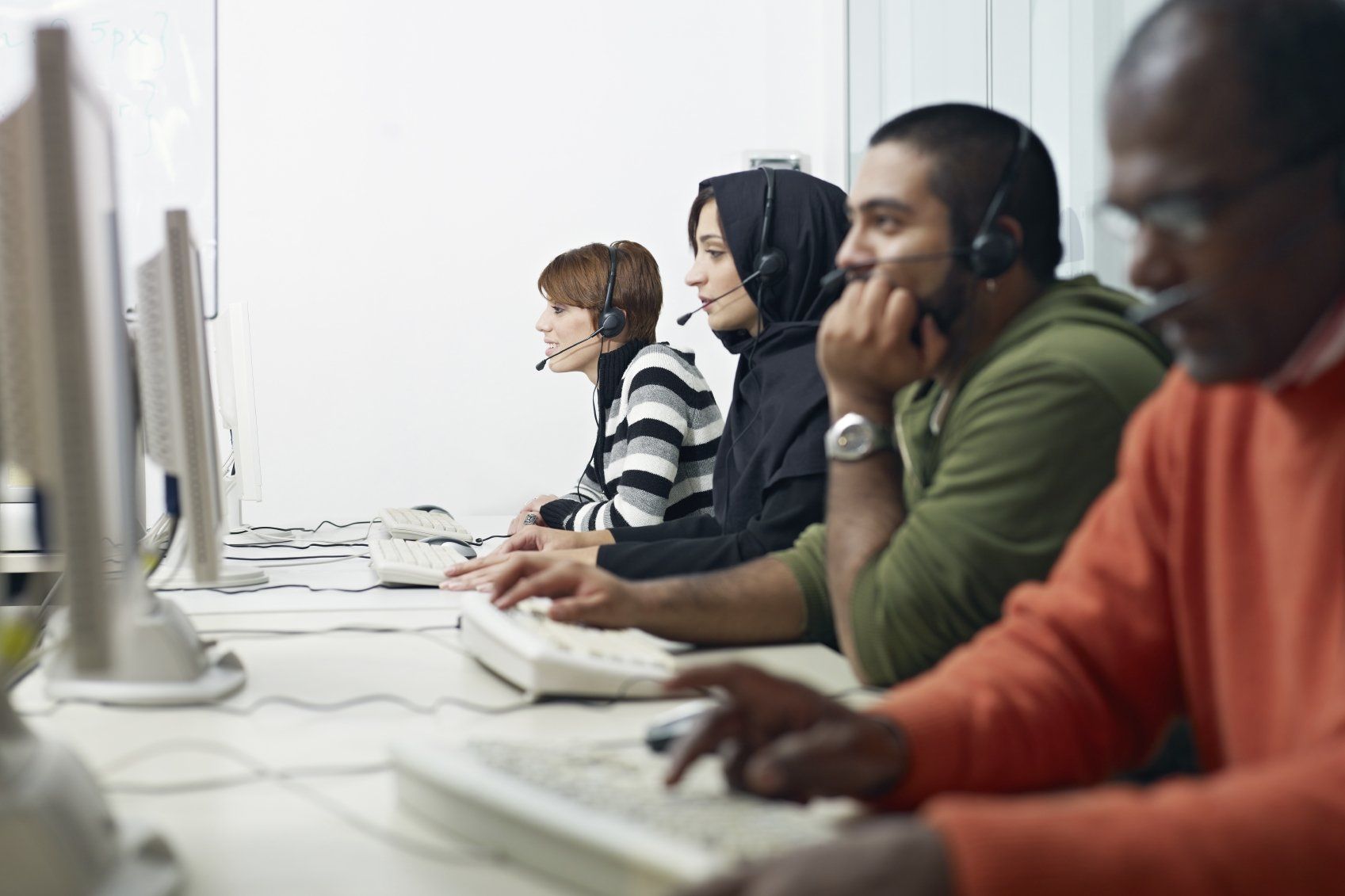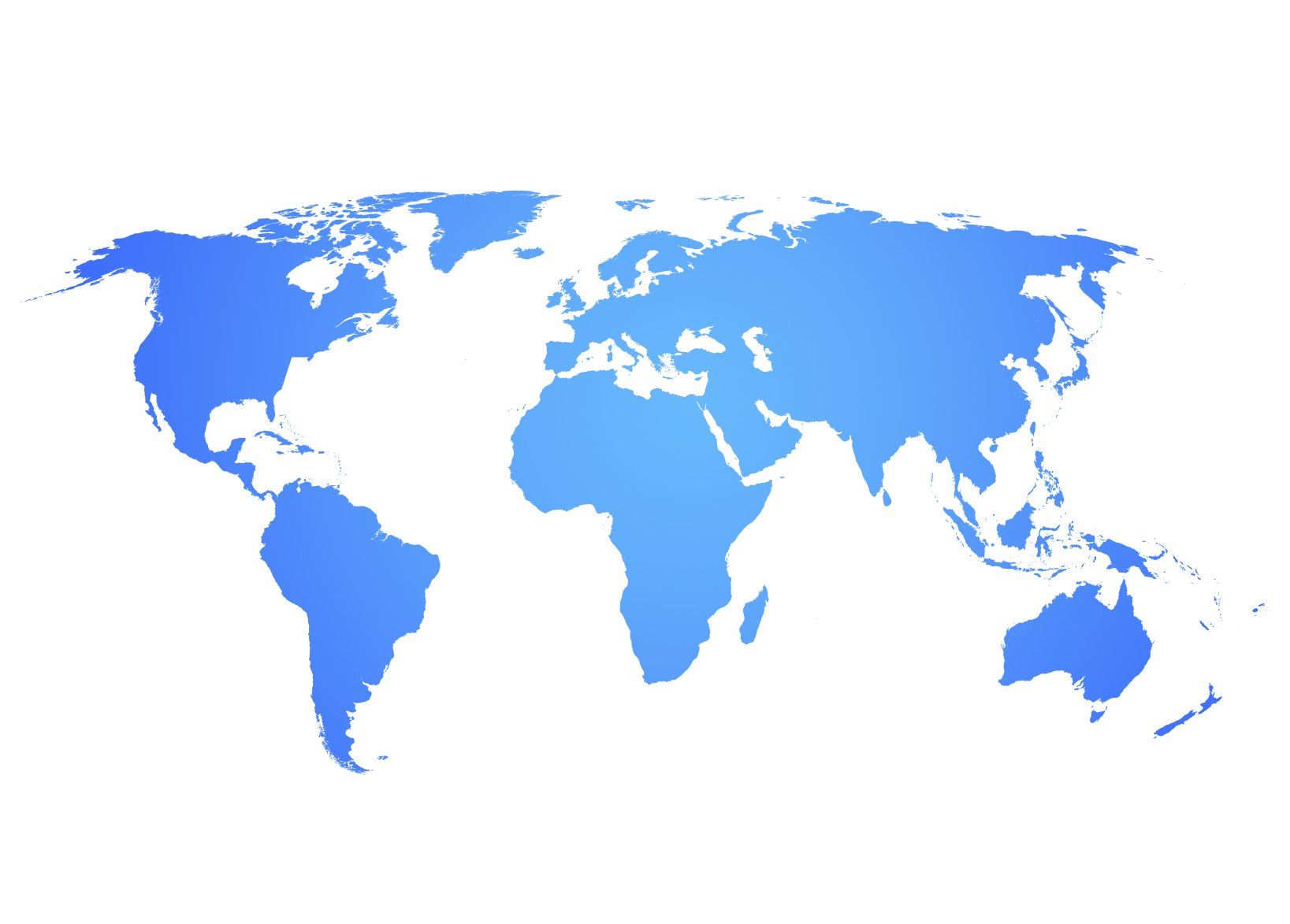UNESCO MILCITIES
Let's help our cities to be better trained in the challenges of community media education
STEPS IN THE IMPLEMENTATION OF MIL CITIES
The concept of MIL cities (1)
The initiative “Media and Information Literate Cities” (MIL Cities) (2) was conceived on the occasion of Global Media and Information Literacy (MIL) Week 2018, which was celebrated under the theme “MIL Cities: Voices, Power, and Change Makers”. The Global Framework for MIL Cities was deliberated then adopted by over 300 participants at the Global MIL Week 2018 Feature Conference in Kaunas, Lithuania. Dialogue about becoming a “MIL City” is being initiated with a number of cities.( Grizzle, 2019)
MIL Cities is a paradigm developed by UNESCO (3) in 2018 (https://en.unesco.org/milcities), which refers to the construction or transformation of cities through artificial intelligence (AI) and other new technologies with a new integrated vision in network with the physical environment, digital urban spaces that favor media and information literacy (AMI), education in critical and creative thinking, to fight against fake news, deep fakes, post-truths and hate speech; promote ethics, respect for diversity and the fight against cultural barriers (gender, age, ethnicity, religion, disability, weight, etc.); focus on the citizen; promote ecology in a sustainable way; respect for the emotional memory and heritage of urban spaces, online and strategic promotion of preventive health; Promote a new relationship between rural and urban areas; new urban mobility and participatory management (participatory e-government) (4).
1
Grizzle, L. (2020). Ciudadanos AMI: Informados, comprometidos, empoderados. Gotemburgo, UNESCO.
2
UNESCO (2018). Global Framework for Media and Information Literacy Cities (MIL Cities),
https://en.unesco.org/sites/default/files/global_framework_for_mil_cities.pdf
3-UNESCO (2018 b) MIL Cities: An Initiative on Creative Learning of Media and Information Literacy in Cities, https://en.unesco.org/milcities
4-GRIZZLE, Alton, 193 Countries Proclaimed Global Media and Information Literacy Week: It is now official!, Paris, UNESCO, 2019.
BUILDING UNESCO MIL CITIES AROUND THE WORLD
THE 3 ESSENTIAL SYNERGIES OF MIL CITIES
The framework
This framework presents synergies or includes others, such as Sustainable Cities, Smart Cities, Healthy Cities, Learning Cities, Creative Cities, Innovative Cities, etc.
The 5 agents of innovation
At least five innovation agents must participate in this process:
1. Governors and policy makers;
2. Teachers, researchers and students,
3. Companies,
4. communication and marketing agencies and start-ups;
5. Artists and ordinary citizens.
Transcending barriers
In this way, we try to transcend cultural barriers to communication and awaken the collective creativity of the city.
STEPS TO FOLLOW TO IMPLEMENT A MILCITIES PROJECT
The phases can take different periods of time and how they are applied depends on the specific conditions of each city.
The steps for implementing a MIL city, either from an existing city or from a new planned city, are:
- First the diagnosis through a system of 13 Indicators and 252 metrics across the city;
- Second dissemination of the diagnosis to all the social actors and stakeholders concerned;
- Third, the engagement of the population, public and private companies in the co-creation of a plan for implementing changes in MIL, using co-creation platforms and other dialogue-based mechanisms ; This phase may include the use of the MIL Cities Metrics application (https://en.unesco.org/milcities)
- Fourth, the implementation of this plan.
- Fifth and last, evaluation and follow-up of the implementation. This phase in the form of a circle leads back to the first phase.
Obviously, these phases can take different periods of time and their sustainability depends on the evaluation obtained in the system of the 13 MIL city indicators as well as on the specific conditions of each city (size and age of the city, geographical location, infrastructure, resources educational, communication, technological, financial and human, cultural identity, political stability, among others).
The framework can start to be implemented by a neighborhood or a community in the city and not necessarily in the whole city. It can also be implemented in one mode of transport and then extended to others, so it can be implemented in buses and then move to trains and subways which can start communicating with their users in a MIL way.
CHIBÁS ORTIZ, F., YARNIKH, V., KOUNAKOU, E. UNESCO MIL Cities network as opportunity for development in Africa, at IARS - International Research Journal, from Australia.. Vol. 11, No.2, 2021, p. 10, p-ISSN2202-2821 e-ISSN 1839-6518 Accessible at: https://researth.iars.info/index.php/curie/article/view/172/141

Plus d'information à :
Chibás Ortiz, F, et al (2021). The UNESCO MIL network of cities and Agenda 2030:, education, communication and sustainable health La Habana: Pueblo y Educación, Accessible at: https://bit.ly/3Egi8gJ











